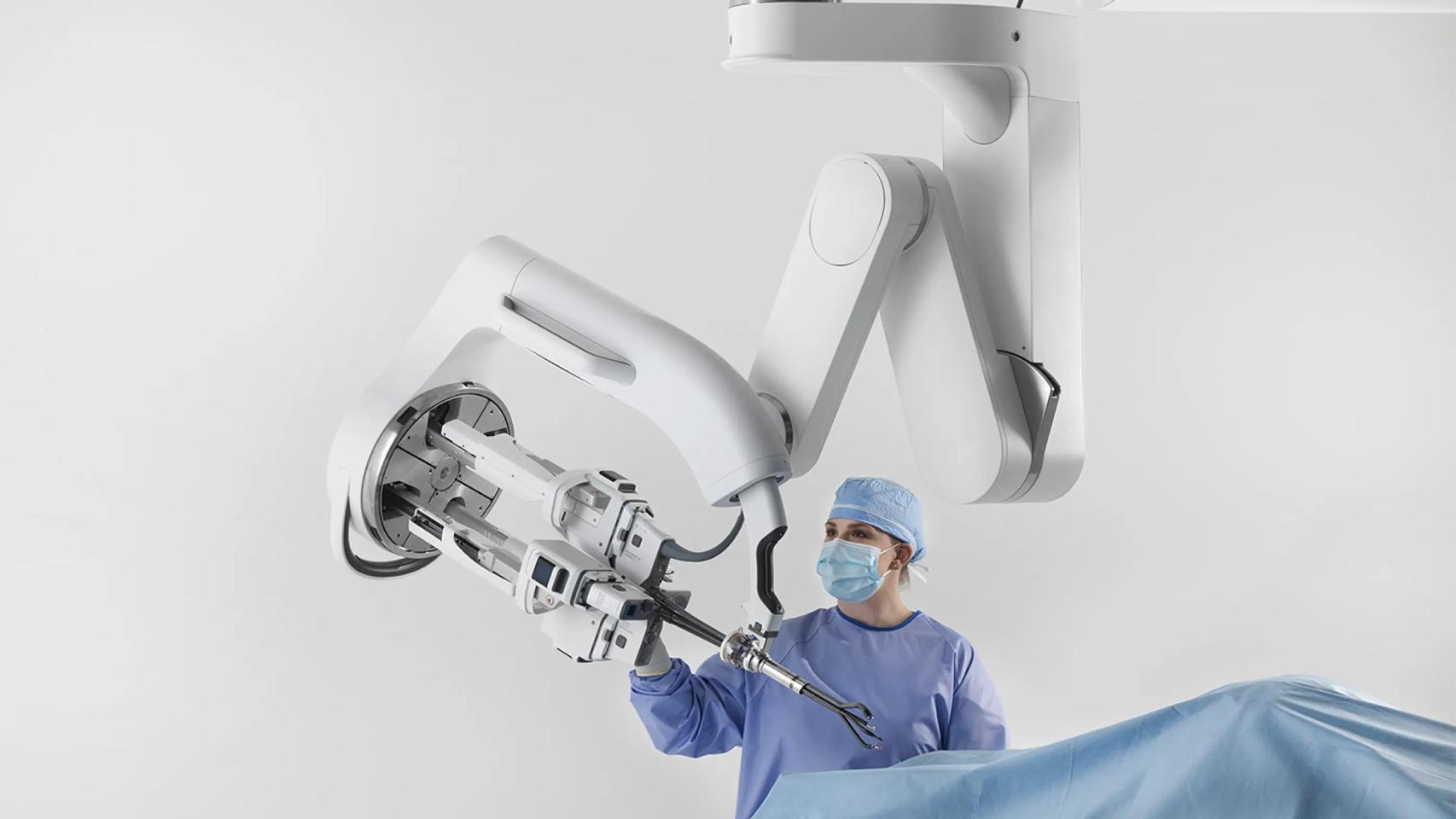If you want to know if your Mac computer is really as fast as it claims to be (we’ve all heard that Macs are really fast computers), the best way is to put it to the test. Also keep in mind that its speed will depend on the other computer you are comparing it with.
We usually say that a computer is fast if it responds effectively to our clicks and doesn’t tend to get stuck when you change programs or open a lot of windows. However, even if these efficiency assumptions are respected, some devices are still faster than others.
The exact speed of a Mac or any other computer can be measured using software applications. comparative analysis. These are applications usually free that allow you to measure the speed of different components of the computer in different situations.
What is the point of knowing the speed of a Mac?
Although it is difficult to quantify the overall performance of the technology, the comparative analysis provides figures for comparison with other computers and devices. In short, the comparative analysis is a way to test the performance of a technology, whether it is the processor of a smartphone or the GPU of a Mac.
Benchmarking can help you decide whether you want to upgrade to a new desktop or laptop, and understand the performance of various components of the technology, from the processor to the GPU and even the hard drive.
This can help identify weak points in the system that can be improved, either by adding more RAM or upgrading an SSD. (Here are more tips on how to speed up a slow Mac.)
Benchmarking for general performance
While there are many general benchmarking apps available for macOS, the easiest to use and most widely recommended is
While the paid version linked above has more features, Geekbench 4 is also available in a free trial version. And the Software It works on multiple platforms including Windows, macOS, iOS, and Android, which makes it very convenient.
There aren’t many limitations in the free version of GB4 other than the fact that it requires an active internet connection at all times and automatically downloads the results to your webpage for others to see.
Unless you are confidentially reviewing the performance of a computer that has not yet been released, you shouldn’t have to worry about sharing your Mac’s performance with other Geekbench users.
Regardless, the main attraction of Geekbench 4 is that it is incredibly easy to use and requires little technical knowledge. Just open the app, close any other app running on your Mac and click “Run Processor Test.”
Then your processor performance will be measured by performing “daily tasks designed to simulate real world applications”. This can take up to 20 minutes, depending on your processor speed.

Once this is done, the results will display in your default web browser. Yes, at first you might be overwhelmed with all the information that comes up, from processor ID to Equipment on the motherboard, but the only two numbers you need to focus on are the top ones: single-core score and multi-core score.
The Single Core Score gives you an idea of how fast your Mac is performing in certain situations where one processing core takes care of everything.
Multicore, on the other hand, shows you how well your Mac can perform when pushed to its absolute limits, as it uses multiple processing cores at once to handle stress. Think of it as the peak performance of your Mac.
You can write down these results and compare them to other benchmarks in the Geekbench browser, allowing you to see how your Mac stacks up against the latest generation of Macs, and even against competition from other manufacturers.
This should give you an idea of how your platform is performing today and whether the upgrade you are considering is worth it in terms of raw processing power.
Benchmarking HDD vs SSD
When it comes to measuring the read / write speeds of your hard drive or SSD, the easiest tool to use is BlackMagic Disk Speed Test (gratuito).
While it was designed for video editors to help determine if their hard drives can handle large files, it is also extremely easy to use for any average user.
Just download and open the app, select your destination drive if your Mac has more than one hard drive (this is done by clicking on the gear), and click “ Start ” to begin benchmarking.
To improve accuracy, and as with all other performance tests, it is best to ensure that no other application is running at the same time.

While there is a lot of data displayed in graphics, keep in mind that all of this information is primarily intended for video editors. The numbers you need to focus on are shown in the large indicators at the top.
Write speed is left and read speed is right, which gives you an idea of the write speed to the drive and how fast apps and files load.
What can be considered a good score?
While a standard external hard drive connected to a Mac via USB 2.0 will not achieve speeds above 25-30MB / s (extremely slow), upgrading the built-in hard drive to an SSD should be a significant improvement. performs.
Take our 2011 iMac for example: While the built-in hard drive achieves speeds of up to 90MB / s, our external SSD connected via Thunderbolt reaches up to 420MB / s.
The difference in speed is dramatic and is immediately noticeable in everyday use. In fact, this is probably the main reason why Apple has replaced traditional hard drives with SSDs in its MacBook lineup. If you have a slow hard drive, you might want to upgrade to an SSD.
Comparative analysis of charts
Finally, let’s talk about graphics performance. For this we usually choose Maxon’s Cinebench, other Software for free, in addition to testing your Mac’s processor (very similar to Geekbench, but without the possibility of comparison with other results online), it will use an OpenGL test to compare your graphics card.
The test uses 3D cars interacting on a dimly lit city street to see how the GPU handles nearly a million polygons at a time when combined with various special effects.

To take the test, simply open Cinebench and click “Run” next to the “OpenGL” test in the upper left corner of the application. This will take you through the test and the final result will be displayed next to the “Run” button.
What is considered a good score?
Our 2011 iMac only hit 42.66 fps in the benchmark, but newer Macs, including the high-end Mac Pro, can hit speeds of around 77 fps.
Traditionally, Macs are not as powerful as their PC counterparts in the graphics department due to the lack of high-end nVidia / AMD processors in Macs, and this must be taken into account when comparing the results with those of other Windows computers.
Unlike other components, the graphics card cannot be upgraded on most Macs; If you’re looking for better graphics performance on your computer, you’ll probably have to pay for a newer Mac.
.
Table of Contents








